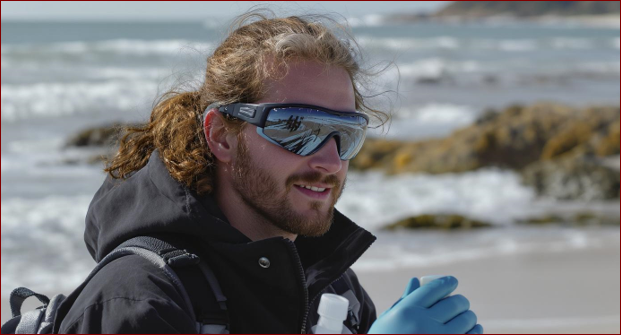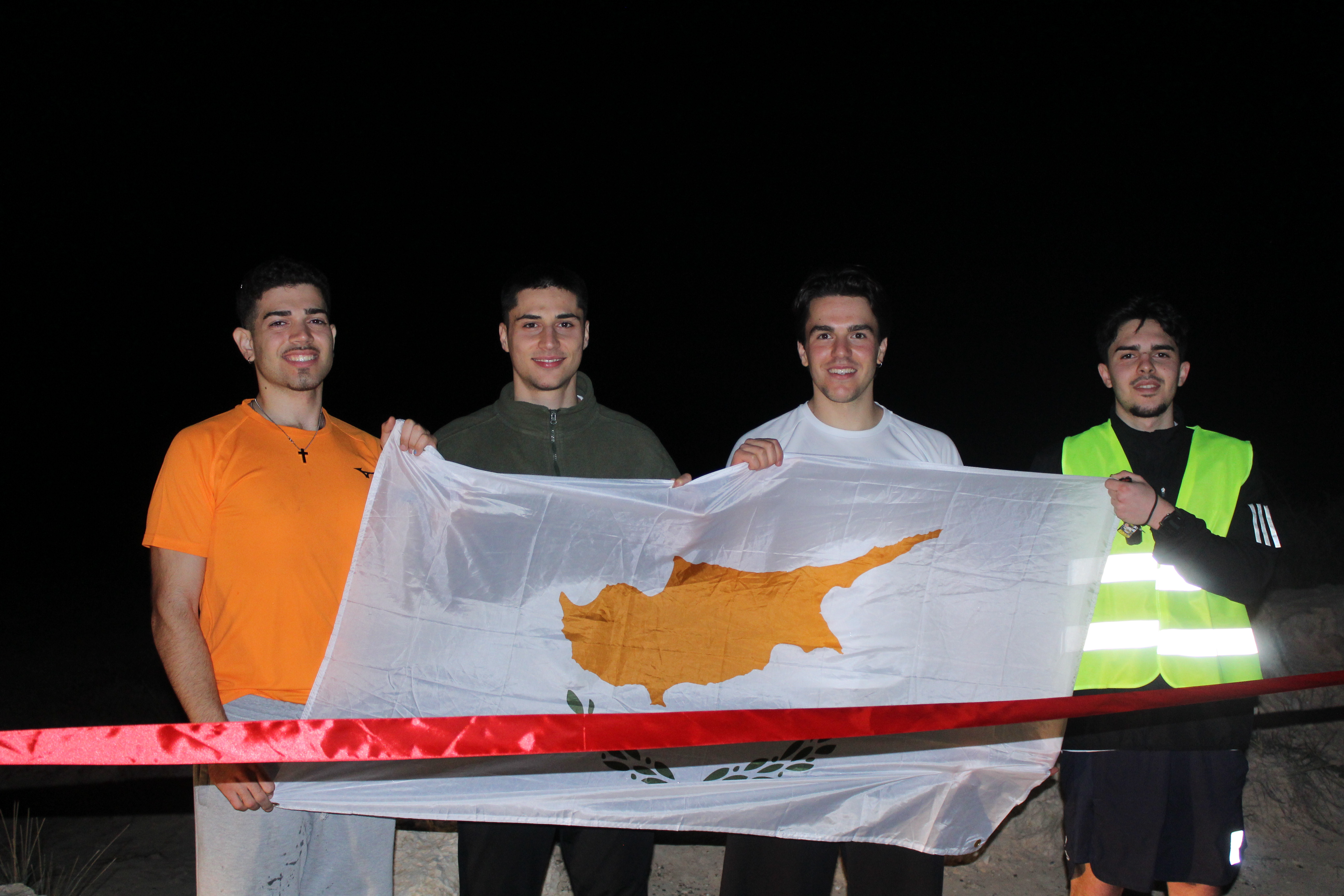Students at Alwyn College in Auckland had never seen a scientist at work until Taylor Thomson arrived with his water testing equipment and field notebooks. Within hours, they were knee-deep in the reserve behind their school, identifying optimal locations for long-term monitoring and learning to assess ecosystem health through direct observation.
This scene reflects a growing trend in environmental education where researchers step outside traditional classrooms in favor of immersive field experiences. Thomson, an environmental scientist currently completing his master’s degree at Waikato University, has spent the past year bringing authentic research practices to schools across New Zealand. “I wanted students to get out and observe nature and upload data or pictures using devices they are familiar with so they can appreciate nature,” Thomson explained after completing a five-day educational tour that reached students from age five through year thirteen.
Active research in action
Thomson’s educational methodology grew out of his research on estuarine tipping points, work that predicts when coastal ecosystems may shift from healthy states to degraded conditions that resist recovery. Instead of confining this technical research to academia, he adapted his protocols for primary and secondary classrooms.
At Roseville College, students conducted habitat assessments that included searching for macroinvertebrates, measuring water quality, and analyzing the relationship between land use and stream health. These activities provided genuine research experience while tackling real environmental questions. “They had strong links to our kaupapa, they supported knowledge building but allowed for practical and hands-on experiences as well,” Thomson noted, describing how field-based learning connects cultural values with scientific investigation.
The hands-on approach makes complex topics far easier to grasp. Rather than learning ecosystem dynamics from diagrams, students observe the processes directly. They can see algal blooms, measure clarity, and identify species that signal ecosystem health or stress. At Parkade School, younger students documented environmental conditions using smartphone cameras and simple data sheets, proving that sophisticated observation does not require advanced equipment.
Taylor Thomson’s field experience shapes his teaching
Thomson’s path from environmental monitoring officer to educator shows how professional fieldwork can shape classroom practice. His work with the Waikato Regional Council involved collecting water samples across diverse environments, giving him firsthand knowledge of the challenges environmental professionals face.
This background allows him to design lessons that mirror real-world science rather than simplified textbook versions. Students learn how to handle incomplete data, unexpected results, and uncertainty—hallmarks of genuine research. “It’s really nice to be able to take that to the students and get them to learn from a really young age and get them thinking about how they can preserve these environments for themselves,” Thomson said. His ongoing ecological modeling research feeds into this work, ensuring students engage with current science rather than outdated examples.
With training in both environmental science and psychology, Thomson also tailors his lessons for different learning styles. He recognizes that engagement requires emotional as well as intellectual connection, designing activities that give students a personal stake in environmental issues.
Scaling scientific literacy through experience
Thomson’s work addresses a gap in science education: many students do not encounter authentic scientific practice until university. By exposing younger students to real-world methods earlier, he helps cultivate scientific literacy before misconceptions set in. “Field-based STEM opens so many doors to kids and teachers just to experience all these things that they never would otherwise,” Thomson reflected.
His approach also tackles communication challenges he faced as a monitoring officer, when community members often assumed his water quality testing was related to COVID-19 rather than nutrient pollution. By involving students directly in research, Thomson makes the purpose and value of environmental science clear.
The programs equip students with skills in data collection, analysis, and interpretation, building competencies that extend far beyond environmental studies. Whether or not they pursue science careers, participants gain experience in evidence-based reasoning and problem-solving.
Preparing the next generation of environmental citizens
Thomson’s current role as an Environment Specialist at BHP adds another dimension to his teaching. By showing how scientific training applies in industry, he helps students understand the relevance of environmental science beyond academia.
His success engaging students across a wide range of ages suggests that field-based environmental education can strengthen science curricula at multiple levels. The approach turns science education from passive information transfer into active knowledge creation, preparing students to become informed environmental citizens capable of understanding and addressing the challenges of a rapidly changing world.







Click here to change your cookie preferences